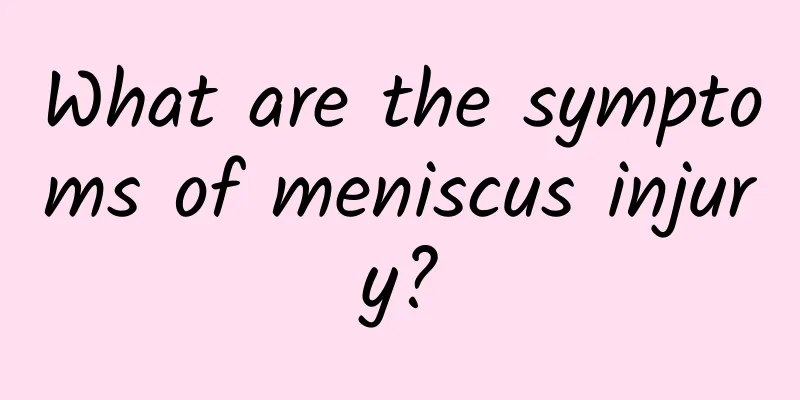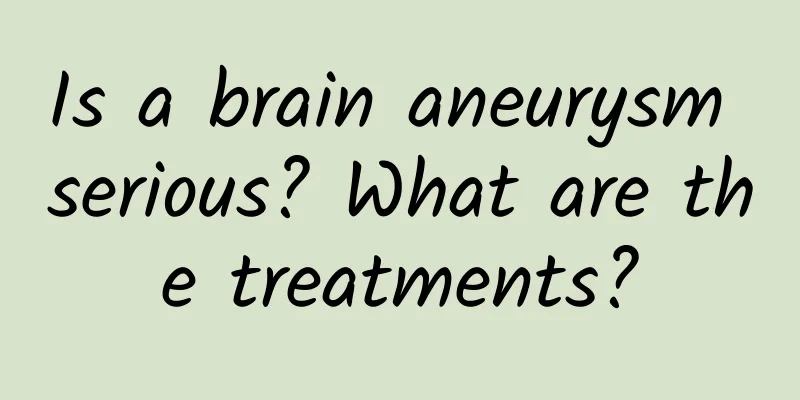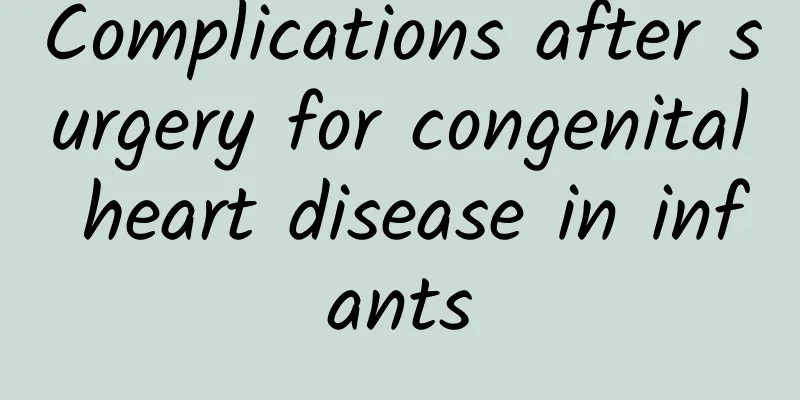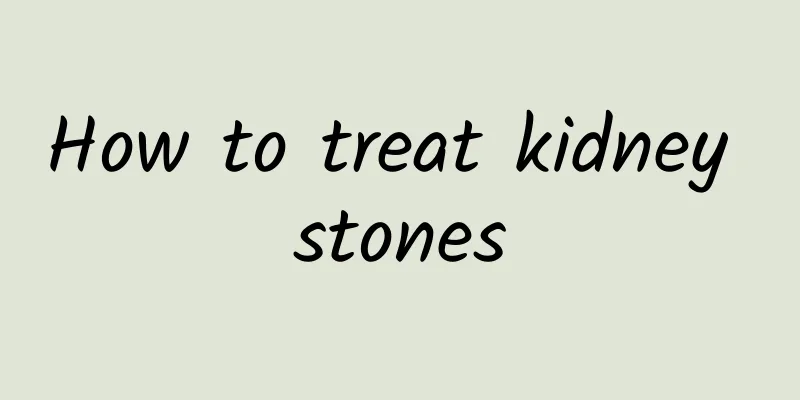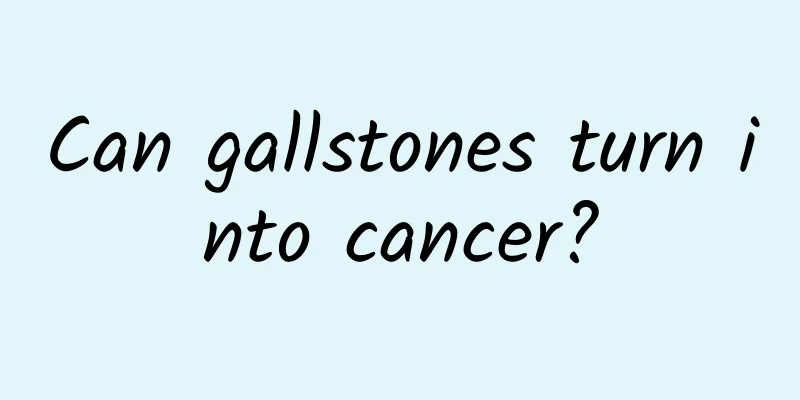What is acute lumbar disc herniation
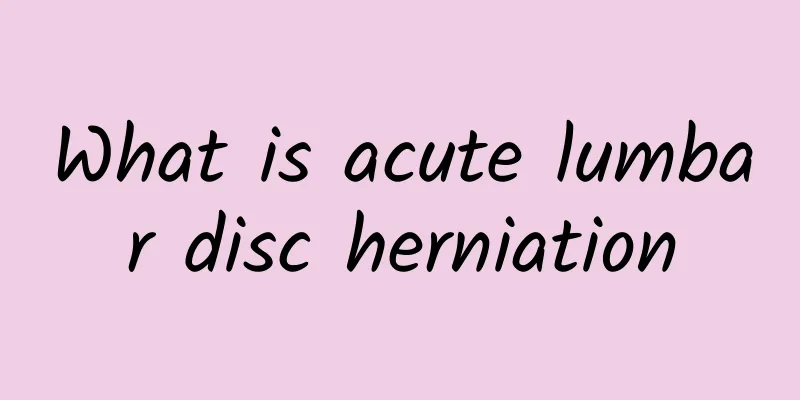
|
Acute lumbar disc herniation is a disease caused by the rupture of the fibrous ring of the lumbar disc, the protrusion of the nucleus pulposus and the compression of the nerve roots, which leads to severe pain in the waist, numbness in the lower limbs and even limited movement. The main causes include trauma, long-term poor sitting posture, age degeneration, etc., and treatment can be achieved through medication, physical therapy and surgery. 1 Causes of acute lumbar disc herniation The lumbar intervertebral disc is composed of the annulus fibrosus and the nucleus pulposus, and its function is to cushion and bear weight. When external and internal factors act together, the intervertebral disc is prone to structural damage: External factors: strenuous exercise or accidental trauma, such as heavy lifting, sudden changes in posture, etc. may cause rupture of the annulus fibrosus and herniation of the nucleus pulposus. Lifestyle habits: Maintaining bad sitting posture for a long time, sitting still for a long time, bending over frequently, etc. will increase the pressure on the intervertebral disc and gradually damage the annulus fibrosus. Age degeneration: With age, the intervertebral disc gradually loses water, its elasticity decreases, and the annulus fibrosus becomes thinner, making it more likely to rupture under external pressure. Physiological structure problems: Some people may have abnormal vertebral structure such as scoliosis or congenital intervertebral malformation, which makes the intervertebral disc more susceptible to herniation due to uneven stress. 2Symptoms of acute lumbar disc herniation The protrusion compresses the nerve root, causing pain and nerve dysfunction: Severe pain in the lower back, often sudden and aggravated by walking or bending. Numbness, tingling, or weakness in the lower extremities, usually concentrated in one thigh, calf, or even foot, is a typical sciatica symptom. In severe cases, critical symptoms such as incontinence and cauda equina syndrome may occur, and medical treatment must be sought immediately. 3 Treatment of acute lumbar disc herniation Drug treatment: Oral or local injection of non-steroidal anti-inflammatory drugs such as ibuprofen to relieve inflammation and pain; muscle relaxants such as thiocarbamide to relieve local spasms; short-term use of corticosteroids for severe compression symptoms. Physical therapy: Improve local blood circulation and relieve nerve compression. You can choose traction therapy, ultrasound therapy or hot compress, and follow the doctor's advice. Surgical treatment: Severe symptoms and ineffective conservative treatment require surgery to relieve nerve compression. Commonly used methods include discectomy, minimally invasive foraminal endoscopic surgery, and disc fusion, depending on the condition. 4 Lifestyle and preventive measures Adjust your sitting posture: Avoid bending over or sitting for long periods of time. A lumbar cushion can help buffer pressure. Appropriate exercise: such as yoga, swimming and other exercises that are good for the back; avoid sports with high impact loads. Weight control: Avoid obesity which increases intervertebral disc pressure. Learn to lift heavy objects correctly: use your leg strength to squat instead of bending over to lift the heavy objects. Acute lumbar disc herniation has a huge impact on the quality of life, but through correct diagnosis and reasonable treatment, most patients can improve their symptoms and return to normal life. Once low back pain accompanied by lower limb symptoms occurs, you should seek medical attention as soon as possible to avoid delaying the disease. |
<<: Clinical manifestations of kidney stones and ureteral stones
>>: What are the main symptoms of cervical spondylosis?
Recommend
How to treat breast cysts with traditional Chinese medicine
Breast cysts can be effectively treated through t...
I always feel like I'm holding my urine back.
It's not a pleasant experience to always feel...
Gallstones Symptoms and Diagnosis
Symptoms of gallstones may include severe pain in...
What to do with intestinal adhesions after appendectomy surgery and what foods can I eat
Intestinal adhesions after appendicitis surgery m...
How long does it take for perianal abscess drainage surgery to heal?
It usually takes 1-2 weeks to fully recover after...
Is it serious that I can't eat due to intestinal obstruction?
Inability to eat due to intestinal obstruction is...
What are the symptoms of adrenal tumors?
Symptoms of adrenal tumors vary depending on the ...
Milky white urine in the morning
Finding your urine milky in the morning can be co...
MTHFR-deficient homocystinuria
MTHFR-deficient homocystinuria is a rare metaboli...
What causes intestinal obstruction?
Intestinal obstruction, this word that sounds a b...
What are the dangers of gallstones?
Gallstones may cause biliary colic, acute cholecy...
What are the third generation cephalosporins?
The third-generation cephalosporins are a class o...
What is melanin loss?
Hypoplasia is a decrease in the amount of melanin...
What can I eat to eliminate cysts?
Cysts usually cannot be eliminated directly throu...
Is it true that synovitis can never be cured?
Synovitis is not incurable for life. The actual s...

